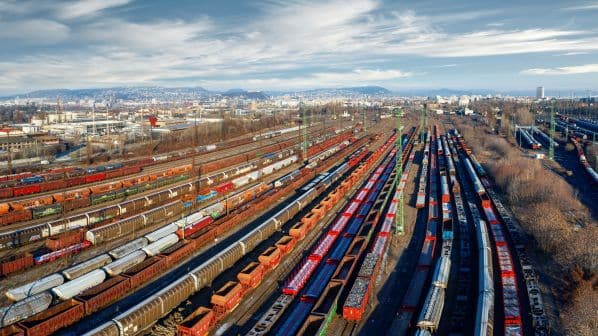TO obtain approval to place new railway vehicles into service in Europe, manufacturers must use conformity certificates to show that they meet the requirements of the EU single market.
These conformity certificates are the end result of assessment procedures against European and national requirements which are performed by Notified Bodies (NoBo) and Designated Bodies (DeBo). An independent safety assessment by an Assessment Body (AsBo) is also required.
What all these bodies have in common is that they are subject to the most stringent requirements regarding specialist and organisational expertise. Depending on the member state in question, they may have to be recognised to carry out their work by a national accreditation body and/or through relevant recognition by a national authority, such as the Federal Railway Authority (EBA) in Germany.
Prior to the type approval process, the requirements to which the railway vehicle is subjected have to be recorded by the applicant and follow the applicable requirement points according to Technical Specifications for Interoperability (TSI) and Notified National Technical Rules (NNTR). The production of evidence then follows to validate that the vehicle fulfils the defined requirements. The evidence is then subjected to the actual conformity assessment, which follows immediately after the approvals procedure. This kind of approvals procedure is complex and comprehensive.
Both national and technical requirements are relevant to type approval for new railway vehicles, where the latter are prescribed for the “Vehicle” sub-system by TSI Loc&Pas (locomotives and passenger coaches), NOI (noise), PRM (accessibility for passengers with reduced mobility) and SRT (safety in railway tunnels). The list of mandatory criteria is a long one. For example, the TSI Loc&Pas includes:
- structure and mechanical parts
- inter-vehicle interactions and rolling stock gauges
- brakes
- passenger-specific aspects
- environmental conditions
- external lighting and acoustic and visual warning equipment
- drive and electrical equipment
- driver’s cab and interface between driver and machine
- fire safety and evacuation
- maintenance, and
- documentation for operation and maintenance.
These simple headings conceal complex issues which all help to keep passengers, train crews, the vehicles themselves and, last but not least, the overall rail network safe. We deal with very detailed questions, some of which involve very complex and protracted inspections. This is why we advise manufacturers and suppliers to factor in enough time for the approvals procedure.
For instance, the conformity assessment for a multiple-unit can take two years: It takes time for the applicant to get the documentary evidence together, just as it does for the required tests to be carried out.
The better prepared for the approvals procedure, and the more detailed and clear the system descriptions submitted, the quicker the inspection process will be completed. For example, the more clearly the applications state countries in which the vehicles will operate, the easier it is to take any national regulations into account right from the start of the procedure. The manufacturers are responsible for planning and managing the approval processes and they must make sure certain things are in place for this process to run effectively. It also makes sense to involve a conformity assessment body like TÜV Nord so that they can use their expertise to support the approvals process. The need to repeat work can be avoided, which will save time and money. It will also help to avoid any possible lack of clarity and misunderstandings.
The regulations of the European single market have not made the procedures any easier, making careful navigation of this process even more important. After all, we’re dealing here with the safety of vehicles which will carry many people many millions of kilometres or transport goods through dense clusters of infrastructure over the course of several decades.

